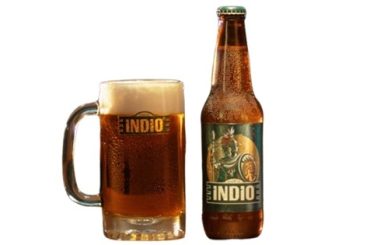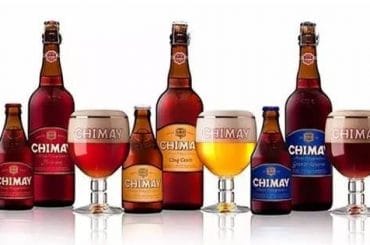This post is also available in:
Español
Português
A tasting, whether of beer, wine, or any other beverage, is a sensory experience designed to analyze and enjoy its characteristics and development when consumed.

These tastings can be structured in various ways to explore the multiple dimensions of the product, and among the most popular methodologies are vertical and horizontal tastings.
Both tastings offer unique approaches and specific objectives that help both consumers and producers better understand the subtleties of each beverage.
Contenido
What is a Vertical Tasting?
A vertical tasting involves sampling the same wine or beer from a single producer but from different vintages or production batches.
This type of tasting allows one to appreciate how production decisions and climatic variations affect the beverage over time.
1. Objectives of a Vertical Tasting
Understand the effect of time and observe how the product evolves over the years.
Identify the producer’s consistency and quality by evaluating their ability to maintain product consistency.
Discover aging potential by determining how well a wine or beer can improve or maintain its qualities over time.
2. Examples of Vertical Tasting
- Tasting a Cabernet Sauvignon from a specific winery in Chile’s Casablanca Valley from the vintages 2010, 2012, 2014, and 2016.
- Sampling different batches of an Imperial Stout brewed by an English craft brewery and aged in oak barrels.
What is a Horizontal Tasting?
In a horizontal tasting, wines of the same varietal or beers of the same style are sampled but from different producers.
This type of tasting allows for comparisons of styles and production methods among different wineries or breweries operating in the same region or under similar conditions.
1. Objectives of a Horizontal Tasting
Compare styles and techniques to see how different producers interpret the same grape varietal or beer style.
Evaluate regional differences to understand how terroir (in the case of wine) or local ingredient sources (in the case of beer) influence the final product.
Identify trends to help consumers find their preferences among brands or styles.
2. Examples of Horizontal Tasting
- Tasting a 2018 Chardonnay from different producers in Burgundy, France.
- Comparing different Pilsners produced in the Czech Republic during the same period.
Summary Table of Tasting Types
| Aspect | Vertical Tasting | Horizontal Tasting |
|---|---|---|
| Time Focus | Different years/batches from the same producer | Same year/batch from different producers |
| Main Objective | Observe evolution and consistency | Compare among producers |
| Insight | Effects of time and aging | Influences of style and region |
Commercial and Professional Focus
Both types of tastings are valuable tools in the world of alcoholic beverages, promoting education and discussion around these products.
- For professionals, tastings are essential tools for product selection, deciding what to buy or sell.
- Producers use tastings to gather feedback and refine the development of their beverages.
- Tastings are used to educate customers about a specific brand or style, fostering marketing and interest in the products.
What Tools Do I Need for a Tasting?
For wine, use glasses that concentrate aromas; for beer, choose glasses that highlight its characteristics. Additionally, ideally, have a structured format to note observations on aroma, flavor, body, and finish.
Do I Need to Be an Expert?
No, tastings are designed for both enthusiasts and experts. The important thing is to enjoy the process and learn something new. No prior knowledge is required; just bring your curiosity and willingness to explore.
Do I Need to Spend a Lot of Money?
It is not necessary to invest large sums to enjoy a tasting. You can start with accessible products or even organize a tasting with friends where everyone brings a sample.
Additionally, many stores offer affordable options that are perfect for beginners.
Final Thoughts
For professionals, tastings are indispensable tools for product selection, new product development, and marketing strategy.
For consumers, they are a gateway to deeper enjoyment and more informed appreciation of their favorite beverages.
Ultimately, whether from a professional or enthusiast perspective, participating in tastings enriches the culinary and cultural experience, promoting deeper knowledge and ongoing enjoyment of the fascinating world of wine and beer.






